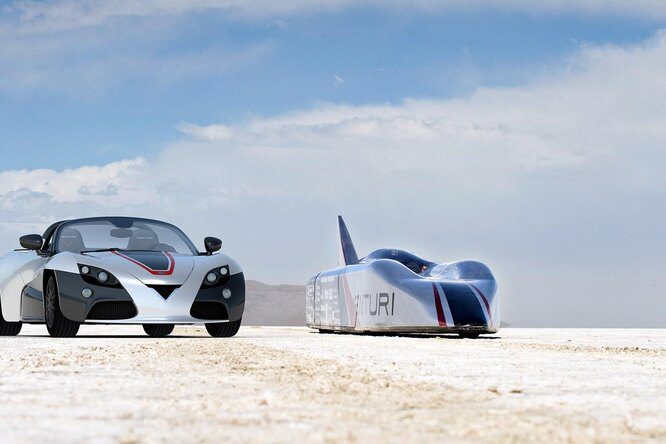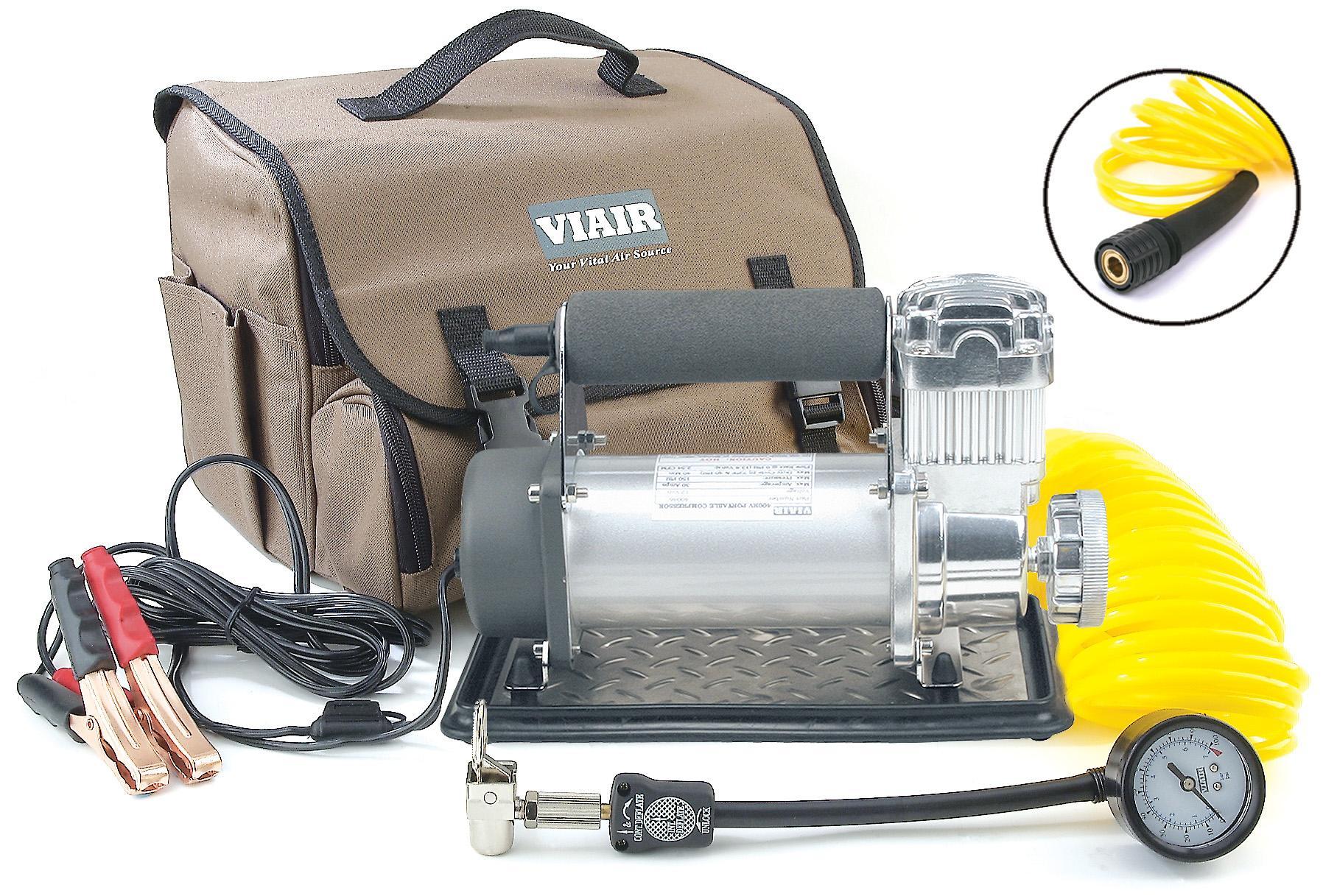
Regular hybrid version or plug-in - what to choose?
Content
Buyers who are looking for an economical car for the city today probably only have one correct choice: in fact, it should be a hybrid. However, you have to choose whether it will be a car with a "traditional" layout or a slightly more advanced (and more expensive) plug-in version (that is, one that can be charged from an outlet).
More recently, the word "hybrid" did not raise any doubts. It was roughly known that it was a Japanese car (we bet that the first association is Toyota, the second is Prius), equipped with a relatively simple gasoline engine, continuously variable transmission, a not very powerful electric motor and a relatively small battery. Such a set might not provide a record electric range (because it could not provide, but then no one thought about long range in zero emission mode), but usually the fuel consumption - especially in the city - was quite attractive compared to the Internal combustion with similar parameters, which quickly acquired hybrids. Equally important were the fabulous smoothness of the CVT-based system and the relatively high reliability of Japanese hybrid vehicles. This concept was destined to succeed.
What is a plug-in hybrid?
However, things are a little different today. After a pretty big false start, other manufacturers also took on hybrids, but these - and most European companies - got into the hybrid game late enough to fully bet on a new solution: a plug-in hybrid with a battery. a set with a significantly higher capacity. Today the batteries are so “big” that without the use of internal combustion engines they allow the hybrids, charged from the outlet, to cover not 2-3 km, but 20-30 km, and even 40-50 km in favorable conditions. (!). We call this version "hybrid plug-in" or simply "plug-in" to differentiate it. Compared to the "regular" hybrid, it has a few strong tricks up its sleeve, but ... it doesn't always have to be the best choice. Why?
Regular and plug-in hybrids - main similarities
However, let's start with the similarities between both types of hybrids. Both (so-called mild hybrids are gaining popularity on the market at the moment, but they are the most distant from the original concept, they usually do not allow driving only on electricity, and we will not understand them here) use two types of drive: internal combustion (usually gasoline) and electric. Both offer the possibility of running on electricity only, in both of them the electric motor - if necessary - supports the combustion unit, and the result of this interaction is usually a low average fuel consumption. And improving the performance of the internal combustion engine. Both types of hybrids are great for the city, both ... they cannot count on any privileges in Poland that electric car owners enjoy. And that's basically where the similarities end.
How is a plug-in hybrid different from a regular hybrid?
The main difference between both types of hybrids concerns the battery capacity and the parameters of the electrical unit (or units; there is not always only one on board). Plug-in hybrids must have much larger batteries to provide a range of several tens of kilometers. Consequently, plugins are usually noticeably heavier. Conventional hybrids drive in traffic, in fact, only in traffic, and the maximum speed in electric mode is usually low compared to the plug-in version. Suffice it to say that the latter can significantly exceed the 100 km / h barrier only in the current course, and are able to maintain such a speed over a much greater distance. Modern plugins, unlike conventional hybrids,
Hybrids - Which Type Has Lower Fuel Economy?
And the most important thing is combustion. A plug-in hybrid can be much more economical than a “conventional” hybrid precisely because it will travel a much greater distance on an electric motor. Thanks to this, it is not at all impossible to achieve a real fuel consumption of 2-3 l / 100 km - after all, we drive almost half of the distance only on electricity! But be careful: the plugin is only economical when we have it, where and when to charge it. Because when the energy level in the batteries drops, the plug will burn as much as a conventional hybrid. If not more, because it is usually much heavier. In addition, usually the price of a plug-in is much higher than that of a comparable “regular” hybrid.
Hybrid car types - summary
To summarize - do you have a garage with an outlet or do you park in a garage (for example, in an office) equipped with a charging station during the day? Take a plugin, it will be more economical in the long run and the difference in purchase price will pay off quickly. If you do not have the opportunity to connect the car to electricity, choose a conventional hybrid - it will also burn relatively little, and it will be much cheaper.

